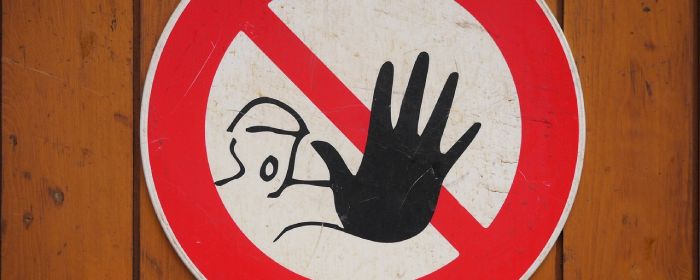A regular inspection of your fence is an essential part of its maintenance. As with any structure, fences are prone to natural wear and tear over time, so it’s important to conduct inspections at least once a year. To ensure that your fence remains in peak condition and safe for use, you should follow a detailed inspection process.
Your first step should be creating a thorough inspection checklist which includes items such as checking the overall stability of the fence, looking out for damage caused by weather or pests, making sure all hardware fittings and fastenings are secure, and examining posts and panels for signs of rot or decay. If any issues are identified during this stage then they must be addressed immediately before further deterioration occurs.
You may also wish to perform routine maintenance tasks like replacing old paintwork and tightening screws on hinges when inspecting your fence; these steps can help prolong its life expectancy significantly. It’s recommended that if you own wood fencing, you inspect it more frequently than other types due to the greater risk of rot from moisture exposure. Regardless of what type of fencing material you have installed, however, having it inspected regularly ensures that any problems can be detected early on so repairs can be carried out quickly – ultimately saving you money in the long run!
Identifying Repairs Needed
Once your fence has been inspected, it’s time to diagnose any potential problems and identify the repairs that might be needed. To do this effectively, you’ll need to perform a damage assessment by looking for signs of wear, rot, or other types of deterioration. This can involve checking posts, panels, gates, and hardware fixtures.
Here are some inspection techniques that may help in identifying repair needs:
- Observe the overall condition of your fence – Look for warping boards or posts
- Check for sagging sections
- Inspect hinges and latches for rust or corrosion
If you find any evidence of these issues during your inspection process, then repairs will likely be necessary. It is important to assess each area carefully so that all sources of damage can be identified. Taking care to inspect even small areas on a regular basis will also help ensure that minor repairs don’t turn into costly replacements further down the line. With proper maintenance and timely inspections, you should have no trouble keeping your fence healthy and strong for many years to come.
Tools And Materials Needed For Repair Work
When inspecting and repairing your fence, the most important tool has a keen eye for detail. It would help if you looked out for any signs of damage or wear in order to ensure that all components are functioning properly. Depending on the type of fence you have, there may be different repair requirements. For instance, if you own a wooden fence, it’s likely you’ll need a paintbrush, screwdriver, and drill as well as replacement panels and wood glue. On the other hand, if you own an aluminum or vinyl fence, then the tools needed will differ slightly.
Regardless of what kind of material your fence is made from, one thing remains true: regular inspection and maintenance can prevent costly repairs down the line. Therefore, it’s essential that these tasks are carried out at least once every year to avoid potential issues with its structure in future years. If done correctly, not only will this help keep your property safe but also increase its value over time.




